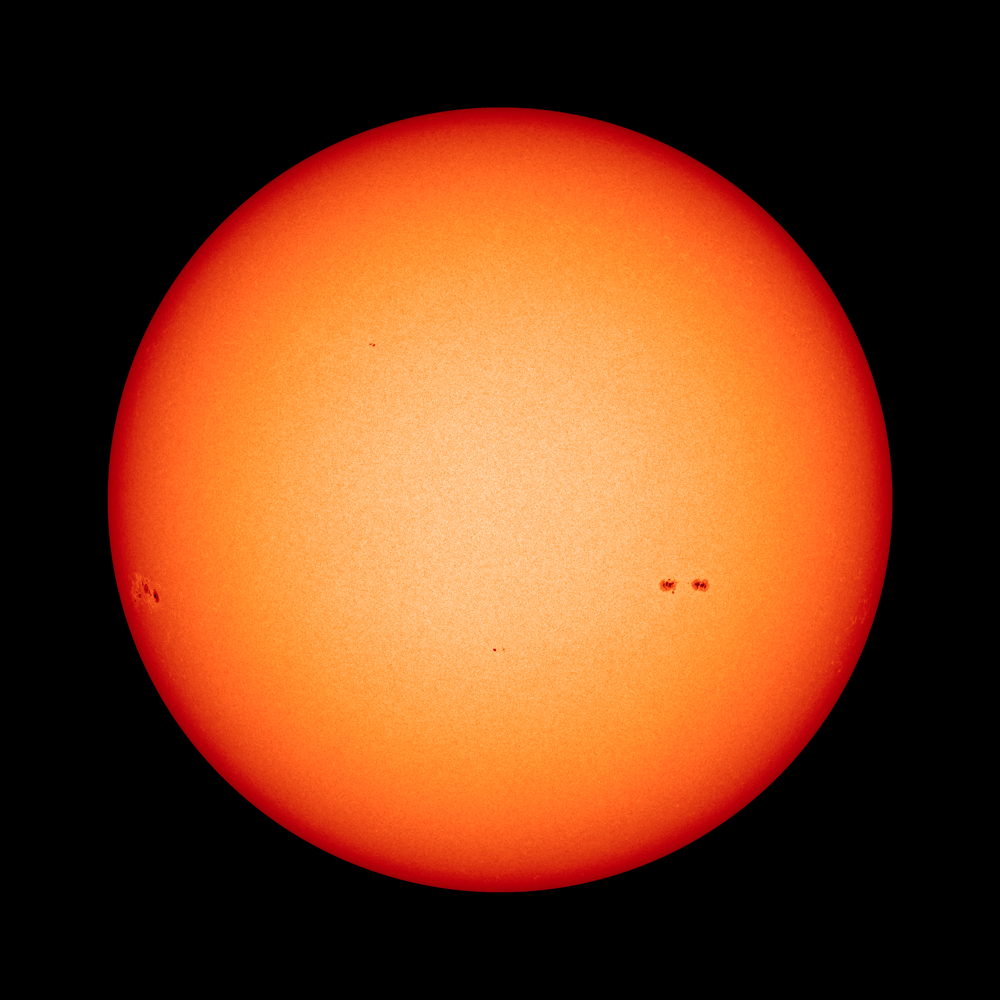
The sun should roar back to life sometime in 2013, producing its second activity peak in the last two years, scientists say.
Our star has been surprisingly quiet since unleashing a flurry of flares and other eruptions toward the end of 2011. But this lull is likely the trough between two peaks that together constitute "solar maximum" for the sun's current 11-year activity cycle, researchers say.
"If you look back in history, many of the previous solar cycles don't have one hump, one maximum, but in fact have two," solar physicist C. Alex Young, of NASA's Goddard Space Flight Center in Greenbelt, Md., said today (March 22) during a NASA webcast called "Solar MAX Storm Warning: Effects on the Solar System."
"That's what we think is going to happen," Young added. "So we've reached one of those humps, and we think that eventually activity will pick back up and we'll see another hump — a double-humped solar maximum."
Before the twin peaks scenario began to gain adherents, many researchers had predicted that solar maximum for the current cycle, known as Solar Cycle 24, would come this May. But given how quiet the sun is at the moment, the second hump will likely occur later than that, and it could last into 2014, scientists have said.
Saying the sun is quiet right now, however, does not mean that it's lifeless. Indeed, our star blasted out a huge cloud of superheated plasma known as a coronal mass ejection (CME) on March 15.
This CME delivered a glancing blow to Earth two days later, sparking a mild geomagnetic storm that had no serious effects. Powerful CMEs that hit Earth squarely can spawn serious such storms, temporarily knocking out power grids, GPS signals and radio communications.
Get the Space.com Newsletter
Breaking space news, the latest updates on rocket launches, skywatching events and more!
But CME effects aren't all negative. They can also supercharge Earth's auroras, also known as the northern and southern lights, giving skywatchers around the world a treat.
Follow Mike Wall on Twitter @michaeldwall. Follow us @Spacedotcom, Facebook or Google+. Originally published on SPACE.com.
Join our Space Forums to keep talking space on the latest missions, night sky and more! And if you have a news tip, correction or comment, let us know at: community@space.com.

Michael Wall is a Senior Space Writer with Space.com and joined the team in 2010. He primarily covers exoplanets, spaceflight and military space, but has been known to dabble in the space art beat. His book about the search for alien life, "Out There," was published on Nov. 13, 2018. Before becoming a science writer, Michael worked as a herpetologist and wildlife biologist. He has a Ph.D. in evolutionary biology from the University of Sydney, Australia, a bachelor's degree from the University of Arizona, and a graduate certificate in science writing from the University of California, Santa Cruz. To find out what his latest project is, you can follow Michael on Twitter.









